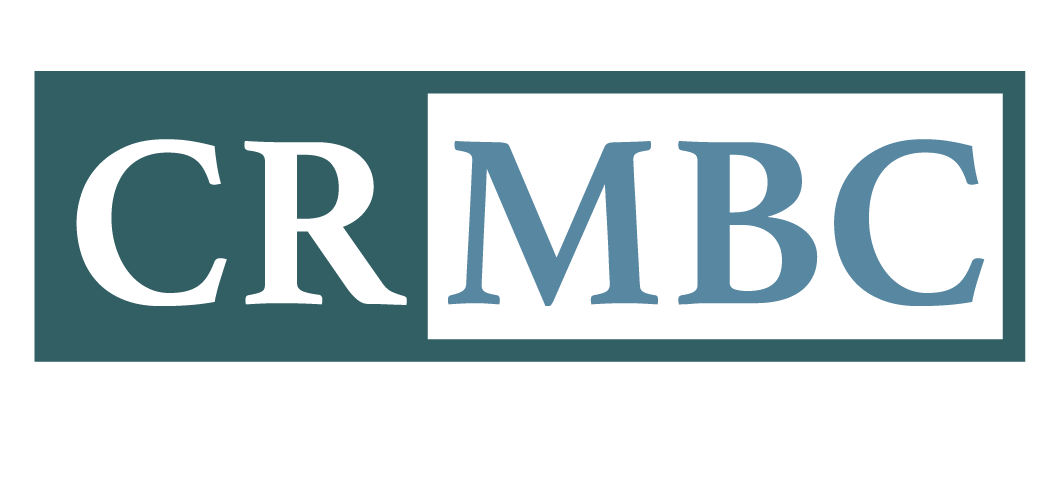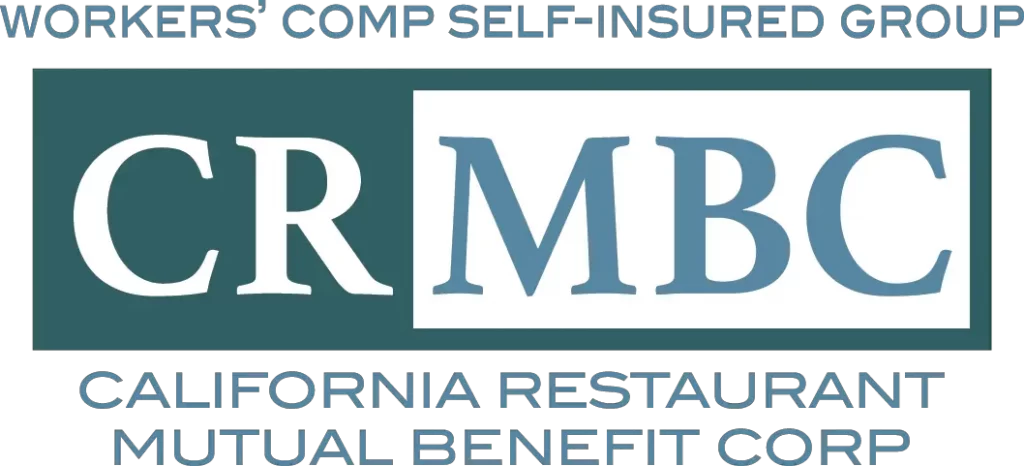Author: Jon Wroten, MBA, CPP, Senior Vice President, The Path Alliance
Welcome to Part Two of our discussion on the importance of supporting injured workers. In this segment, we focus on the power of communication and predictability and outline best practices for fostering a positive recovery environment.
Best Practices to Free Caged Workers
It is important to remember that no one wanted the workplace injury to occur. It would be remiss to ignore the reality of workers’ compensation fraud in California, which some estimate to be 10-30%. However, that means that 70-90% of claims are legitimate. The worker wants to return to a familiar routine, and the employer wants their workers to be happy and loyal and for the company to have a healthy bottom line.
So, What Can Employers Do to Support Injured Workers Better?
Implementing a few best practices can set injured workers free and create a win-win solution for the injured worker and the employer. The list below is in random order and should not be considered comprehensive. The list is a starting point to think about how to impact claims outcomes proactively, support injured workers, avoid litigation, and reduce costs toward the shared goal of minimizing pain and cost and returning to normalcy.
Respect and Dignity – Treat the injured worker with respect and dignity versus viewing them as a threat of something negative to be dealt with. As we said, no one wanted this situation to happen—partner with them instead of viewing them as adversaries.
Injured worker advocates – Human resources need to be involved and take the lead. However, instead of treating the injury and workers’ compensation claim as a transaction to be processed, embrace this opportunity to live your company values by caring for and supporting the employee in this challenging time. Have a designated individual who will own the process and be a resource for the employee. This advocate must be available to provide information, frequently check in with the employee, ask and confirm they understand what is happening and what will happen next, answer any questions, and reassure them that everything will be all right.
Immediate contact – It is critical to contact the employee immediately following the injury. This contact is to both take the employee’s statement of what occurred and to let them know you are there for them. Many employers approach this initial contact only to gather facts and treat it more as an interrogation than a conversation. This approach begins setting the adversarial stage. This initial contact is the perfect time to give them contact information for their advocate in H.R. and to ensure they have received their initial treatment.
Supervisor contact – Keep the employee’s direct supervisor engaged and in communication with the employee. H.R. should schedule the supervisor’s contact to ensure it happens initially and regularly. The supervisor should also immediately document and report each contact to the H.R. advocate and apprise the advocate if the employee has expressed any needs, issues, or concerns. The supervisor’s contacts should primarily express concern and reassure the employee that they are missed and that the team looks forward to their return. The supervisor should employ active listening to detect the employee’s problems, questions, or concerns. The supervisor may require coaching, training, or a script before making contacts.
TPA management – The Third-Party Administrator (TPA) adjusting the claim can vary dramatically in the nature, care, and communication they provide to the employee. The quality of this interpersonal relationship is impacted by the type of workers’ compensation policy and coverage the employer has. Claims adjusters can vary from not caring at all, being overworked, and viewing every claim as one more transaction on a large pile to a committed caring adjuster who views their role as delivering care and comfort to the injured workers. The H.R. advocate must expect and demand the latter through their insurer and broker and not settle for less. If the TPA is not delivering the level of care that the employer needs and expects, you may have the wrong carrier or type of coverage – but that is a different conversation.
Invite injured workers to events – If the employee is off for a longer period, the supervisor, working through the H.R. advocate, should consider inviting the employee to significant events at work, such as celebrations, holiday parties, and the like. The ability to do this may vary depending on the employee’s injuries, the work environment, and other factors. The goal would be to keep the employee connected and feeling like a part of the team. Engaging the employee in this manner can further increase their desire to return to work.
Return-To-Work – Have an effective RTW program. Make every effort as soon as practical to get the employee off the sofa and back to work, even if it is in a very limited capacity. As the employer, you are going to be paying them either way. The benefits are tremendous: having the worker get up every morning and come to work, having a connection to the workplace and their workplace family, and away from the television and isolation.
Successful Outcomes
Keeping your eye on the prize through the entire process is critical. The goal is to return the injured worker to full health and function and, more importantly, return them to their whole life. The employer should direct their actions toward this goal.
Too many employers are reactive to workers’ comp claims. They only think about them when an event occurs, such as an adjuster calls with an issue, or they are served with notices, or get X-Mod increases or invoices.
As an alternative to being reactive, employers can think of every step of this process as an opportunity to positively impact the outcome and cost of the claim. Many companies have highly effective project management or scheduling software and processes, and they should employ those competencies to track, review, and manage claims. Remember, the goal is to return the employee to their full life and work and close the claim. With this in mind, someone should be responsible for looking at each claim every week, asking questions, and taking appropriate actions based on the answers. When was the last contact with the employee, claims adjuster, or supervisor? What is the next step for each of these? Can we move the process forward? Faster? Does the employee have any questions or concerns or need anything? What can we do immediately to make this situation and claim better?
Suppose it has been more than a week or two since you have reviewed each open claim and asked a series of these types of questions. In that case, you are missing a significant opportunity to help your injured workers, move claims toward closure, and minimize the cost of your workers’ compensation program.
Many employers would complain that these extra efforts take time and money. They do, that’s true. But consider the alternative of doing nothing: 1 in 3 claims become litigated at an additional 722% increase in cost, or $72,570 average cost per claim.

Jon Wroten, MBA, CPP, is Senior Vice President at The PATH Alliance and Managing Director of California Risk Advisors LLC, where he provides strategic leadership to help California employers derive maximum benefit from being self-insured. In his prior role as the Chief of the Office of Self-Insurance Plans (OSIP) for the State of California, the nation’s largest self-insurance marketplace, he was responsible for managing $22 billion in risk exposure, protecting 4.6 million California workers representing $192 billion in annual payroll. Jon taught business, insurance, and risk management as an adjunct professor at Sierra College for over fifteen years. He was also the Assistant Chief at Cal/OSHA and President and Chair of the Safety Center of California, a National Safety Council (NSC) affiliate.








